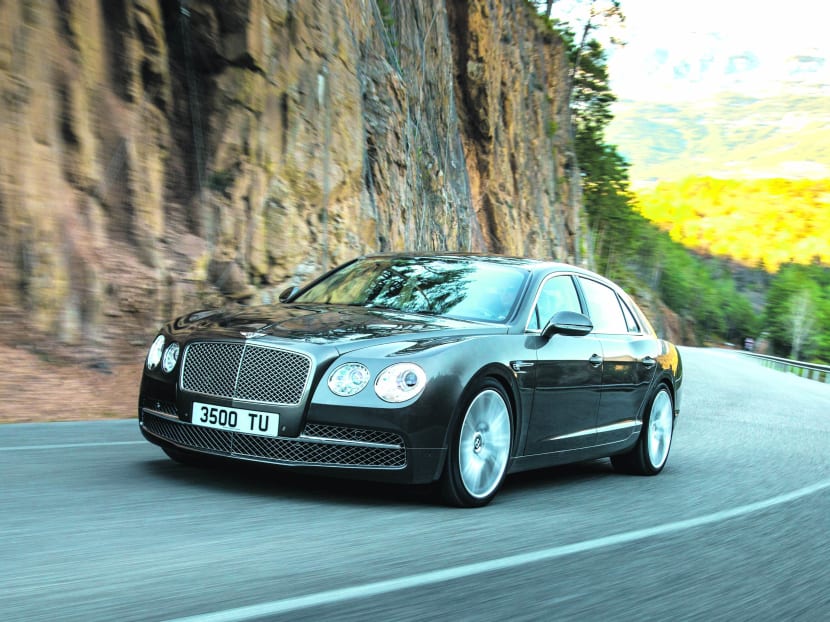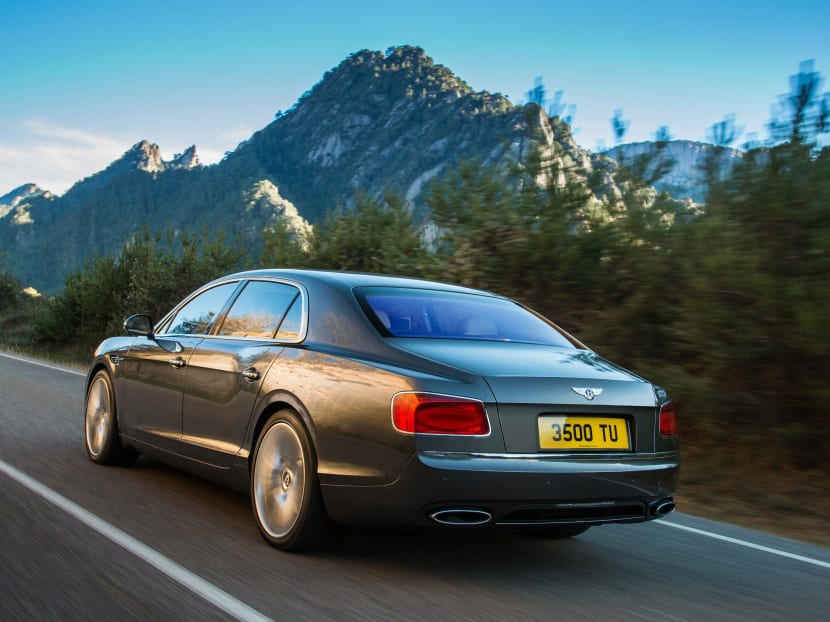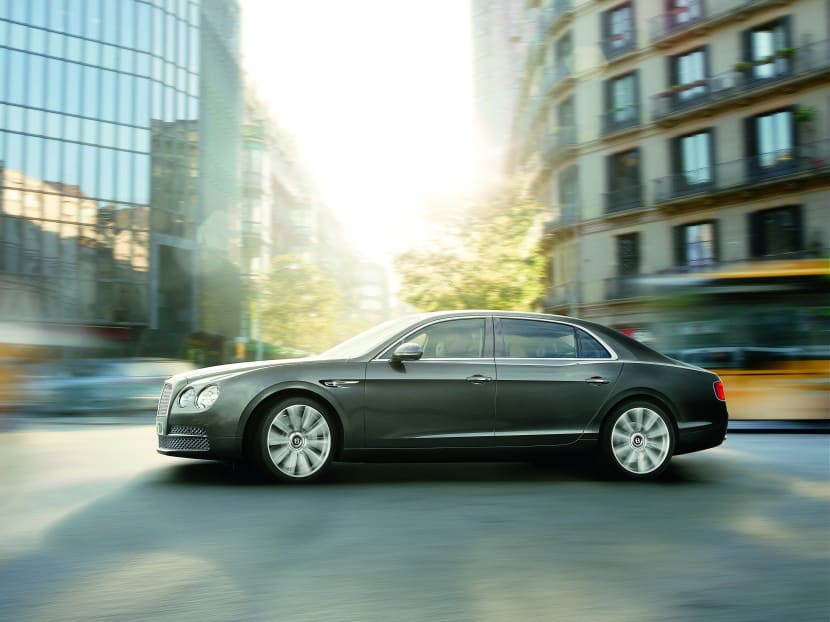The high end hits the skids
Apart from building cars for the mega-wealthy, what do Aston Martin, Bentley, Ferrari, McLaren and Rolls-Royce have in common? They all failed to register a single new car in Singapore last month.



Apart from building cars for the mega-wealthy, what do Aston Martin, Bentley, Ferrari, McLaren and Rolls-Royce have in common? They all failed to register a single new car in Singapore last month.
Figures released by the Land Transport Authority (LTA) this week show that these and other super-luxury car brands like Maserati and Lamborghini endured an awful June and an even worse July, compared to earlier in the year.
In fact, until the mid-point of 2013, things seemed to be going swimmingly for these super-expensive brands. Till then, Rolls-Royce, perhaps the most iconic and exclusive motoring brand, actually sold more cars (53) here than Suzuki (42), a brand more associated with budget family transport.
Bentley’s best month was May, when it put 52 cars on the road and topped its sales for all of 2008 in the process (41). In comparison, that’s more than the top monthly sales enjoyed by everyday brands such as Chevrolet, Kia, Honda or Subaru.
Enter the taxman
So why did things go so well, only to drop to zero? In a word: Taxes.
New upfront taxes announced on Budget Day this year brought higher Additional Registration Fees (ARF) on new cars above a certain value, affecting high-end machines the most.
A Lamborghini Aventador, for example, once attracted S$400,000 in ARF. The new tax system, however, means a new tax bill of S$692,000, an increase of S$292,000.
But the old tax could still be applied to cars registered with COEs (Certificates Of Entitlement) obtained before March.
The last of these expired on May 31, which is why registration numbers for super-luxury cars were so impressive that month.
“We were able to hit record numbers in May,” said Andre Roy, the group managing director of Wearnes Automotive, which retails Bentley and McLaren here.
He says that salesmen urged customers to beat the tax deadline by buying before May. Meanwhile, dozens of supercars were brought in by air instead of being shipped over, just to make sure they could be registered in time.
“Everybody in the business did that and had a huge May, and basically we pre-sold the market,” explains Andre.
Sticker shock
The slow numbers in June and July, he says, are partially because the appetite for supercars in Singapore was greatly satisfied in May.
But now that higher taxes have raised prices, things have also quietened down in the high end of the car market, an effect that Andre calls “sticker price shock”.
“For many of our customers, it’s not a matter of ability, but willingness to spend money,” said the marketing manager for an Italian supercar brand.
Buying a supercar now for a few hundred thousand dollars more than it would have cost a few months ago is something that even the richest person is unwilling to stomach, he said.
According to Wearnes’ Andre, once customers get used to the higher prices, the market should see a resurgence.
“Eventually, everyone will get used to it. I think it will come with the launch of new models,” he says.





